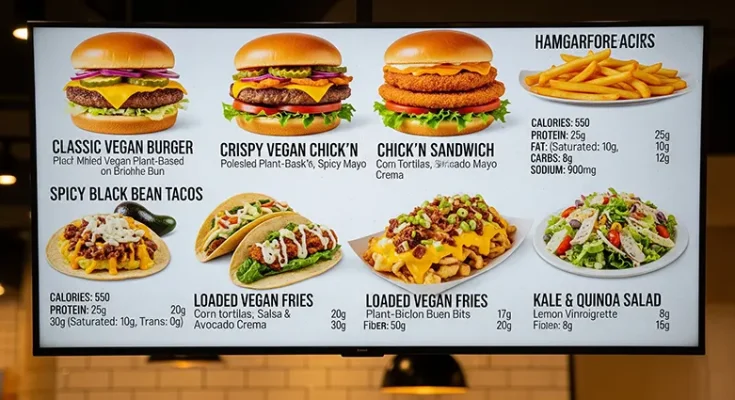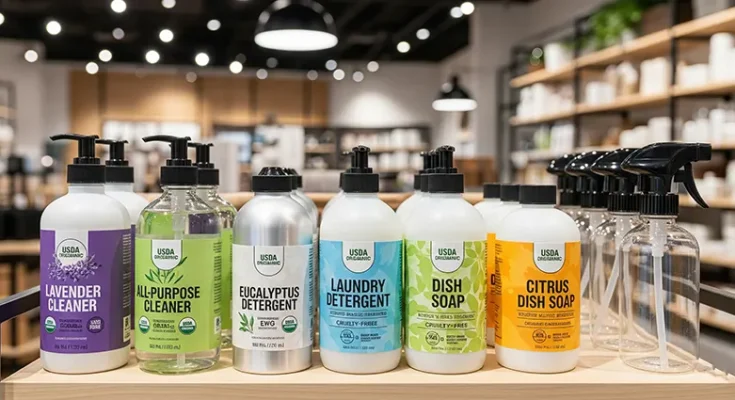
Non-Toxic Floor Cleaner for Homes with Pets and Young Children
Maintaining a clean home is essential, especially in households with pets and young children who spend a significant amount of time on the floor. However, many conventional floor cleaners contain harsh chemicals that can pose health risks to both kids and pets. The good news is that there are several non-toxic floor cleaner options that effectively clean your floors while keeping your family safe.
Why Choose Non-Toxic Floor Cleaners?
Traditional floor cleaning products often include ingredients like ammonia, bleach, phthalates, and synthetic fragrances, which can cause respiratory irritation, skin allergies, or more severe health issues upon prolonged exposure. Pets are particularly susceptible as they are closer to the floor and prone to licking surfaces, while young children frequently crawl and play on floors.
Using a non-toxic floor cleaner ensures:
- Safer Environment: Reduced risk of chemical exposure-related health problems.
- Pet-Friendly: No harmful residues or toxic ingredients that can harm pets.
- Child-Safe:





